50 common methods of fertilizing flowers, even novices can grow stunning flowers!
Fertilization is a key part of flower care. Proper fertilization can make the leaves grow more vigorously, and flowering plants can also accumulate energy and bloom more easily. This is also the reason why the masters can maintain the flowers and plants with luxuriant branches and leaves and continuous blooming, while I am getting thinner and thinner with fewer flowers. Today, I have collected 50 common flower fertilization methods for you. After reading this, you can also grow amazing flowers!
-Common methods of fertilizing flowers and plants-
-Azalea-
The root system of azalea is very dense and has a strong ability to absorb water and fertilizer. It likes fertilizer but is afraid of concentrated fertilizer. From March to May, in order to promote the growth of branches, leaves and flower buds, fertilize once a week. From June to August is the midsummer season, the growth of azalea gradually slows down and it is in a semi-dormant state. Too much fertilizer will not only cause the old leaves to fall off and the new leaves to turn yellow, but also make it easy to be harmed by diseases and insects, so fertilization should be stopped. In late September, the weather gradually turns cooler, and azalea enters autumn growth. Apply 20% to 30% phosphorus liquid fertilizer once every 10 days to promote the growth of flower buds of the plant. Generally, after October, the autumn growth basically stops, so no more fertilizer is applied.
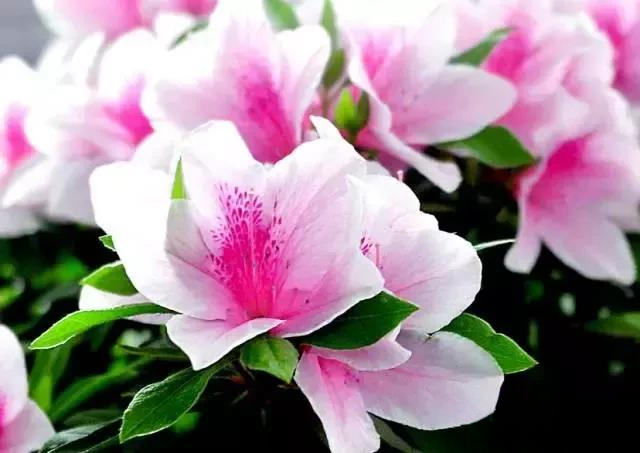
Whether for watering or fertilizing, do not use tap water directly. It should be acidified (by adding ferrous sulfate or vinegar) and used only when the pH value reaches about 6.
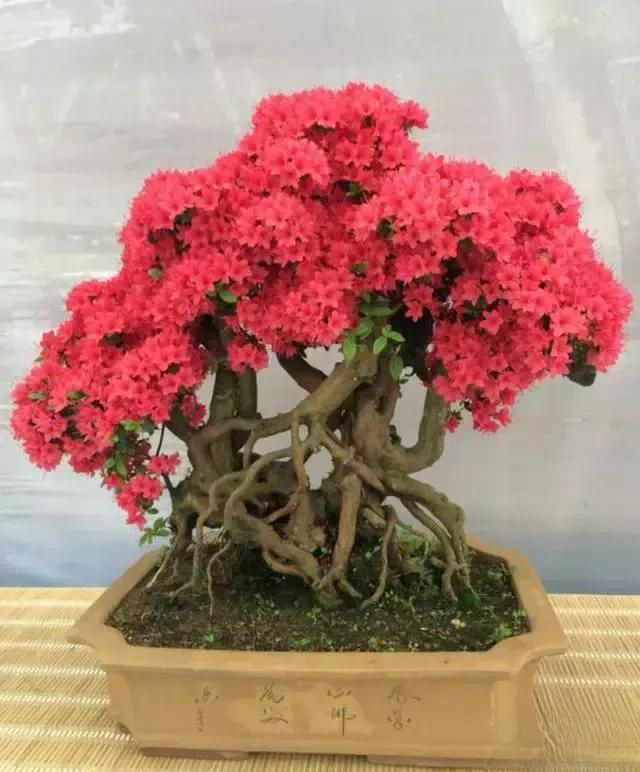
- Tiger tail orchid -
Tiger Piranha does not require much fertilizer. Apply thin liquid fertilizer once a month during the growth period. You can evenly bury 3 holes of cooked soybeans in the soil around the pot, 7-10 beans in each hole, and be careful not to contact the roots. Stop fertilizing from November to March of the following year.
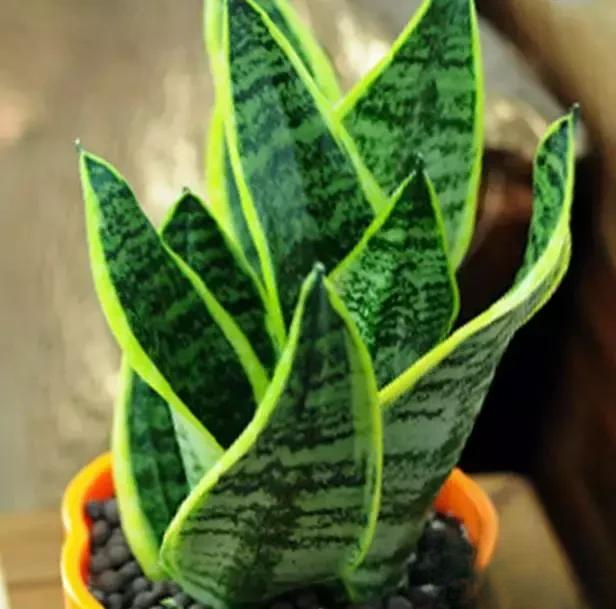
-evergreen-
Dieffenbachia is a foliage flower, and nitrogen fertilizer is the main fertilizer. In spring and autumn, apply liquid fertilizer containing nitrogen and potassium every 15 to 20 days. Fertilization should generally be stopped in midsummer and winter.
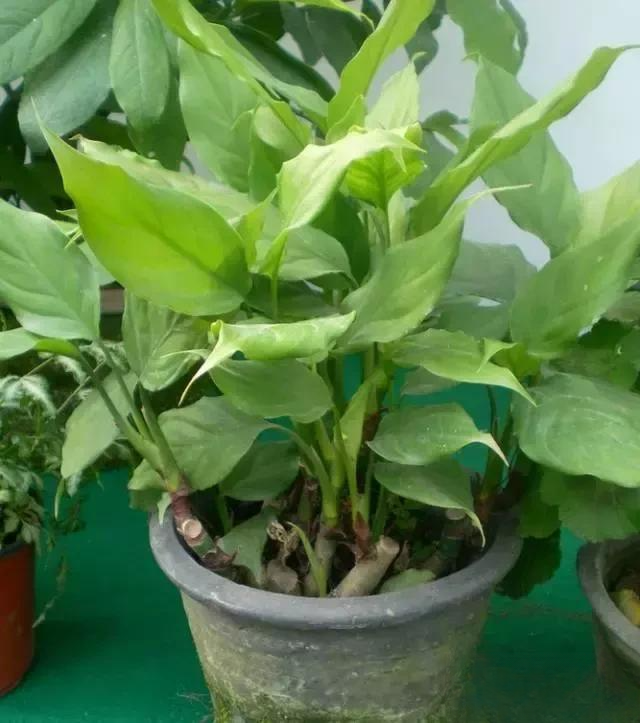
The vigorous growth period of Dieffenbachia is from June to September. Apply cake fertilizer and water every 10 days. Apply phosphorus and potassium fertilizer twice in autumn. Apply nitrogen fertilizer once every 1-2 months from spring to autumn to promote glossy leaf color. Stop fertilizing when the room temperature is below 15℃.
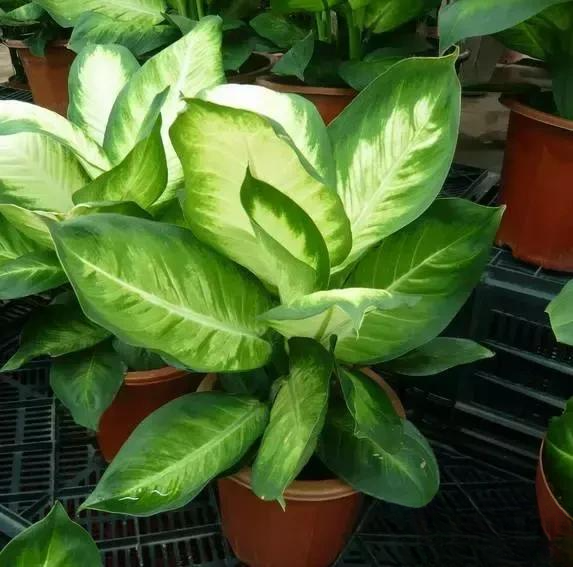
-Green Radish-
The main fertilizer for fertilizing the green radish is nitrogen fertilizer, supplemented by potassium fertilizer. Spring is the peak growth period of the green radish, and it is the best time to fertilize it. Fertilize it once every 10 days. In summer, the temperature is high and the green radish grows faster. Fertilize it appropriately, but not frequently. Fertilize it once every 15-20 days. In autumn and winter, the green radish gradually stops growing, so it is not suitable to fertilize it at this time.
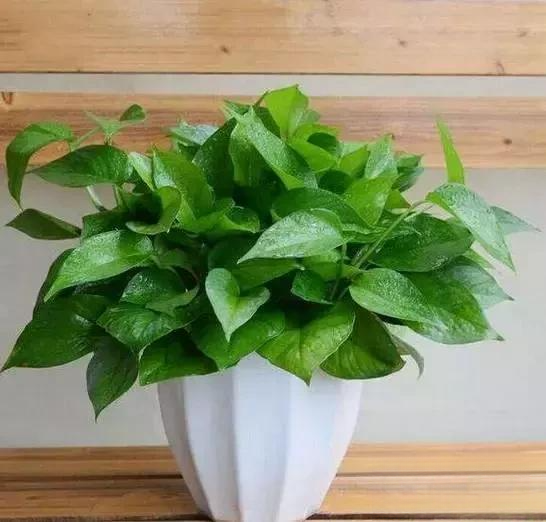
-Chlorophytum-
Chlorophytum is a foliage plant that is relatively tolerant to fertilizer. If there is insufficient fertilizer and water, it will easily become burnt and aged, and the leaves will turn yellow, losing its ornamental value.
From late spring to early autumn, you can apply organic fertilizer every 7-10 days. For variegated varieties such as Golden Edge and Golden Heart, apply less nitrogen fertilizer to prevent the color of the flowers and leaves from fading or even disappearing, affecting the appearance. You can apply organic fertilizers such as bone meal and eggshells. After they are fully fermented, take an appropriate amount of diluted liquid and apply it every 10-15 days to make the flowers and leaves bright and colorful. In autumn and winter, stop fertilizing when the ambient temperature is below 4℃.
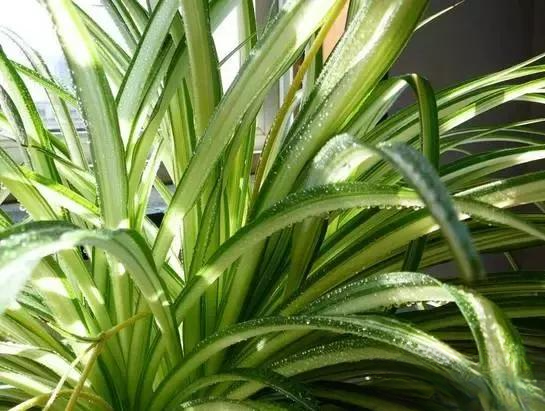
- Rose -
Roses like fertilizer. The base fertilizer is mainly slow-acting organic fertilizer, such as rotten cow dung, chicken dung, bean cake, oil residue, etc.
Potted roses need frequent fertilization. During the growing season, water with light fertilizer every 10 days to make the leaves thick, dark green and shiny. Before germination in early spring, apply a concentrated liquid fertilizer. Do not fertilize during the flowering period. Apply 1-2 times of quick-acting fertilizer after the flowers fade.
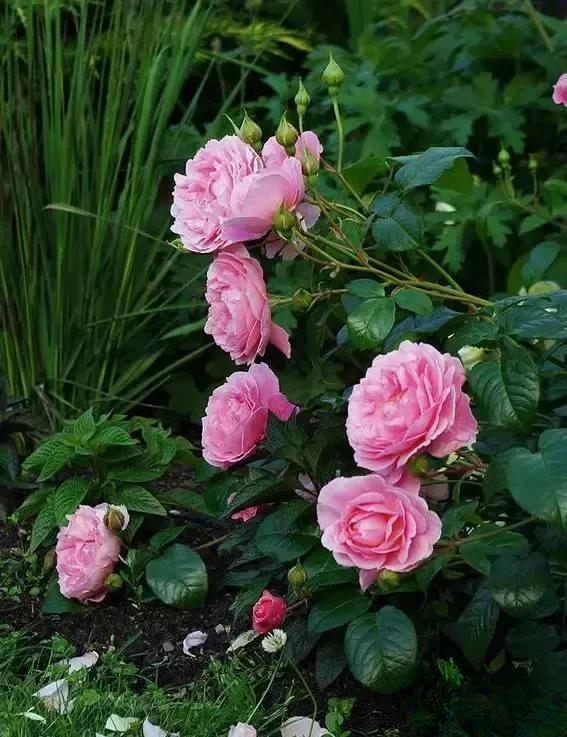
-Cyclamen-
Cyclamen does not like concentrated fertilizer. You can add some base fertilizer when you repot it every year. Fertilize once every 1-2 weeks during the growing season, and stop fertilizing when the temperature rises in summer.
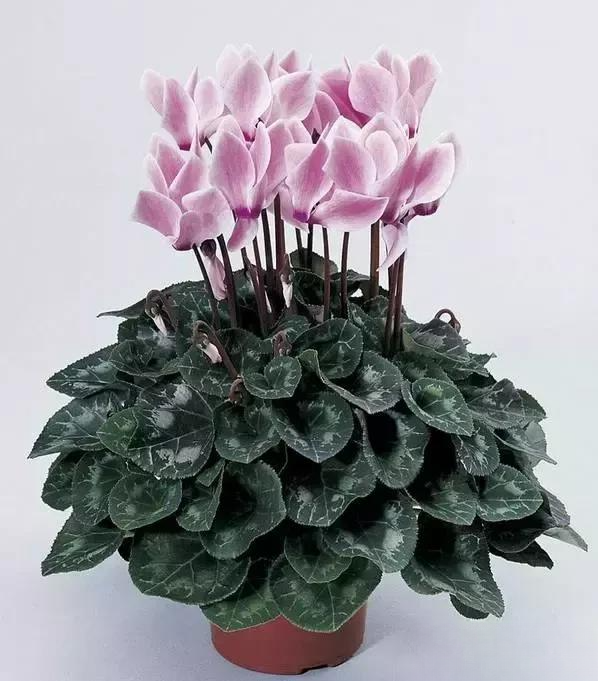
-Money Tree-
The fortune tree grows rapidly during its growth period and needs sufficient fertilizer. It can be fertilized once every half a month, with nitrogen, phosphorus, and potassium fertilizers applied evenly to promote the plant's robustness, green leaves, and prevent leggy growth. No fertilizer is applied at other times.
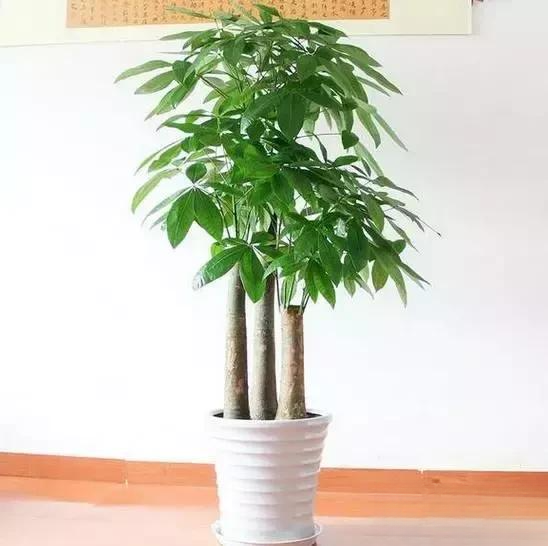
-Gardenia-
Gardenia likes fertilizer. When repotting, you can apply organic fertilizer as base fertilizer. During the growth period, you should also apply fertilizer frequently, and it is better to apply thin fertilizer frequently. During the growth period, apply organic liquid fertilizer once every 10 days or so, preferably 10% to 15% cake fertilizer water. During the growth period, you should also combine fertilization and watering. Every 15 to 20 days or so, water once with 0.2% ferrous sulfate water to prevent yellowing of the leaves.
After budding, apply 2 to 3 times of quick-acting phosphate fertilizer, such as 0.5% superphosphate, etc. Fertilizer should not be applied after autumn. If fertilizer is applied after autumn, the autumn branches will grow rapidly and are prone to frost damage.
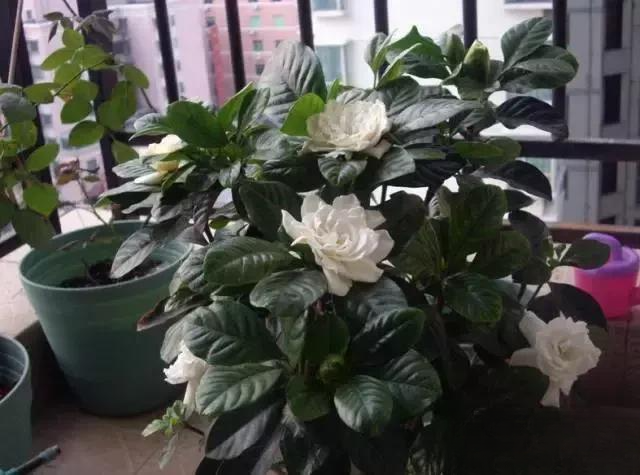
- Clivia -
Clivia likes fertilizer. During the growth period, you can apply thin fertilizer once every half a month, preferably fermented cake fertilizer. January is the period when the flower arrows emerge. During this period, you should apply liquid fertilizer mainly composed of phosphorus 2 to 3 times to promote the growth of flowers. In the hot summer season, the growth of Clivia stops, so fertilization should be stopped. In autumn, nitrogen fertilizer is mainly used to promote the growth of leaves.
In addition, you can also use 0.1% potassium dihydrogen phosphate or 0.5% superphosphate to spray the leaves, spray once every 10 days or so. The seedlings will not only grow fast and have good flower bud differentiation, but also have more flowers, larger flowers and brighter flowers.
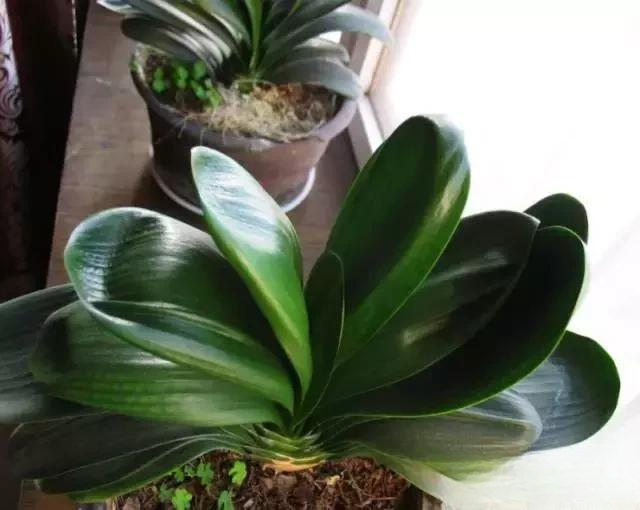
- Kalanchoe -
Kalanchoe likes fertilizer. Half a month after the seedlings are potted or the old plants are divided, they can be applied with nitrogen-based liquid fertilizer 2 to 3 times to promote the growth of stems and leaves. After flowering, they can be applied with nitrogen-based liquid fertilizer once to promote rejuvenation. Except for the summer, only nitrogen, phosphorus and potassium compound fertilizers can be applied. When applying fertilizer, do not put fertilizer on the leaves, otherwise the leaves will rot easily. If the leaves are accidentally stained, they should be washed off with water.
Kalanchoe has a long flowering period, so it is necessary to break the rule of not fertilizing during the flowering period and apply a thin nitrogen, phosphorus and potassium fertilizer or a 0.2% potassium dihydrogen phosphate solution once a month to prevent the flowers from becoming smaller and lighter in color due to lack of fertilizer in the later period.
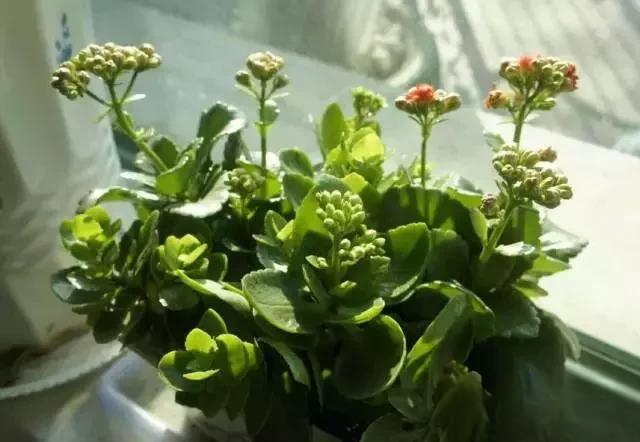
-Lucky Bamboo-
For water-cultured lucky bamboo, you can add nutrient solution once a month to make the leaves more lush. Do not apply fertilizer in hot summer and cold winter. Soil-cultured lucky bamboo likes fertilizer, but cannot tolerate raw fertilizer and concentrated fertilizer. You can apply thin fertilizer once every half a month, and generally do not apply fertilizer in winter.
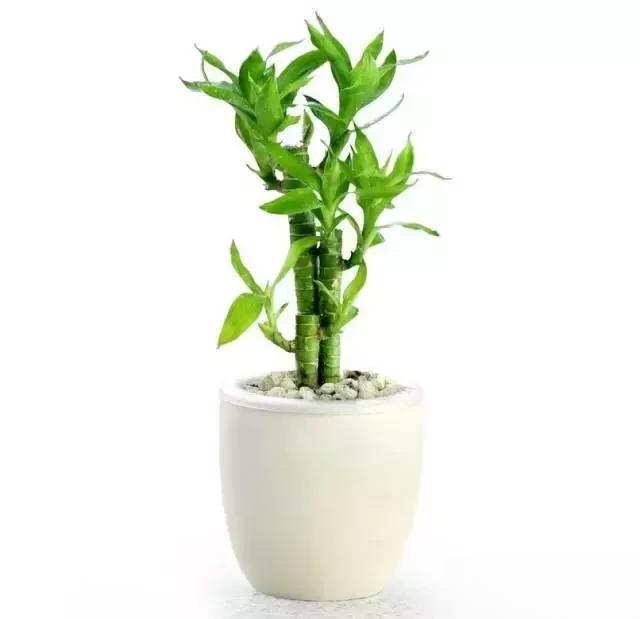
-asparagus-
Fertilize asparagus fern in small amounts and multiple times. Do not apply concentrated fertilizer, otherwise it will cause yellow leaves. Generally, you can choose to apply decomposed thin liquid fertilizer once a month. After the plant grows up and takes shape, you can appropriately control and reduce fertilization.
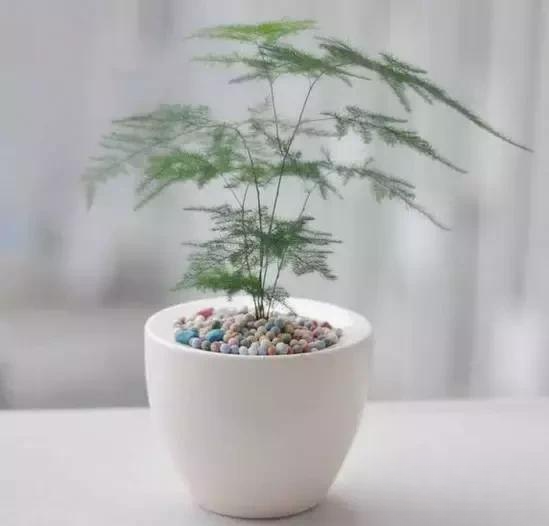
-orchid-
Fertilization of orchids varies greatly. For example, Cymbidium orchids require a large amount of fertilizer, while Chunlan orchids require a small amount of fertilizer, only one-fifth of that of Cymbidium orchids. Therefore, different treatments should be made according to the species.
It is not advisable to fertilize newly planted orchids in the first year. Fertilization can be applied after 1-2 years of cultivation when the new roots are growing vigorously. Generally, from April to the beginning of autumn, apply a thin layer of fully decomposed cake fertilizer every 15-20 days. Stop fertilizing in the hot summer. The best time to fertilize is in the evening. When fertilizing, avoid liquid fertilizer contaminating the leaves. Winter is the dormant period of orchid growth, so it is generally not advisable to fertilize at this time.
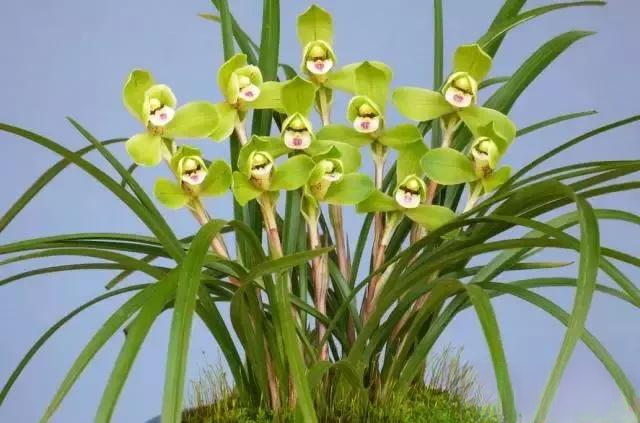
-Tree of Happiness-
The lucky tree grows rapidly and requires more nutrients. It needs to be fertilized frequently during the growing period. Generally, a mixture of nitrogen, phosphorus and potassium fertilizers in equal proportions can be used. You can also use diluted thin fertilizer water instead of clean water.
During the growing season, quick-acting liquid fertilizer can be applied once a month. After the Mid-Autumn Festival, 0.3% potassium dihydrogen phosphate solution can be applied 2 to 3 times continuously to increase the cold resistance of the lucky tree plants and help them to safely survive the winter. When the temperature in summer is higher than 32℃ and the temperature in late autumn and early winter is lower than 12℃, topdressing should be stopped.
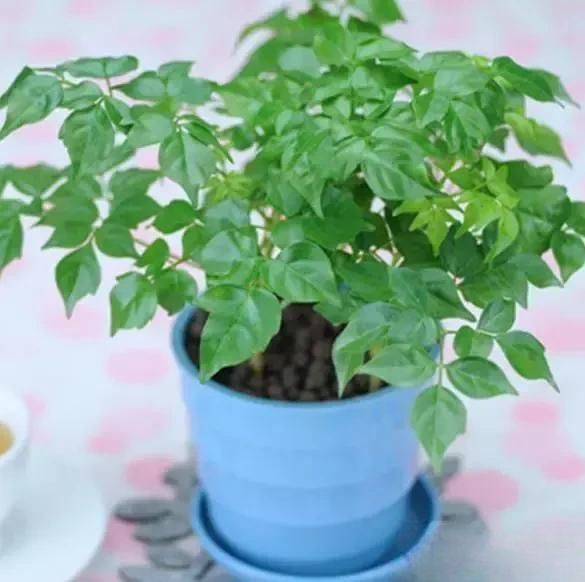
-Zymphaeaceae-
During the growth period of Christmas cactus, fertilizer can be applied once every half month, and phosphorus and potassium fertilizers can be applied 1 to 2 times in autumn. After the flowers fade in March, it will enter a short dormant period. Watering should be controlled and fertilization should be stopped. After new buds grow from the stem nodes, normal fertilizer and water management can be resumed. For newly grafted branches and buds, fertilizer and water should be avoided at the healing area to prevent rot.
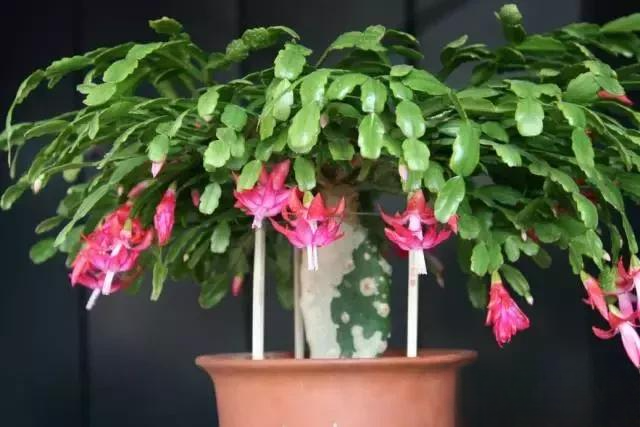
-Aromatheca-
Apply liquid fertilizer once a month during the growing season to supplement the nutrients needed for the replacement of new and old leaves, and to promote the robustness of the plant. The leaves are bright in color. When lacking fertilizer, the plant becomes obviously dwarfed, the leaves are pale yellow, and the metallic luster is not bright. Phosphorus and potassium fertilizers should be used as the main fertilizers, and nitrogen fertilizers should not be too much. Generally, 0.2% liquid fertilizer is sprayed directly on the leaves, and then rinsed with a small amount of water to prevent fertilizer damage. Phosphorus and potassium fertilizers are also very beneficial to the germination and growth of new buds. Fertilization should be stopped in winter.
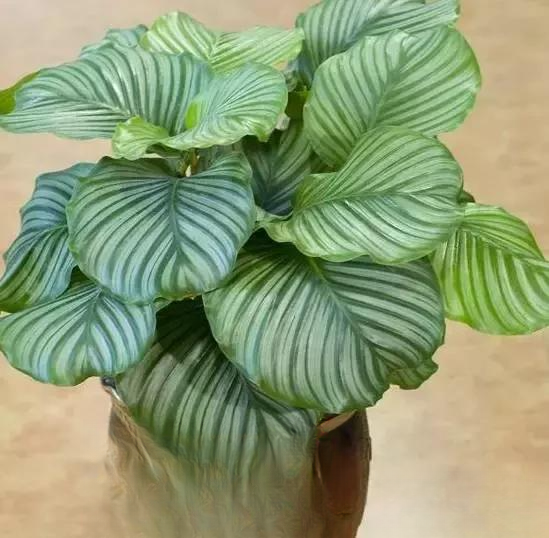
-Camellia-
Camellias like fertilizers. When potting, you should pay attention to putting basal fertilizers in the potting soil, mainly phosphorus and potassium fertilizers. The fertilizers used include decomposed bone meal, hair, chicken feathers, rice husk ash, poultry manure, and superphosphate. It is not advisable to apply too much fertilizer at ordinary times. Generally, apply 2-3 times of thin fertilizer water in April and May after flowering, and apply a slightly concentrated fertilizer water in November in autumn. When using fertilizers, pay attention to the proportion of phosphorus fertilizers to be slightly larger to promote the abundance and color of flowers.
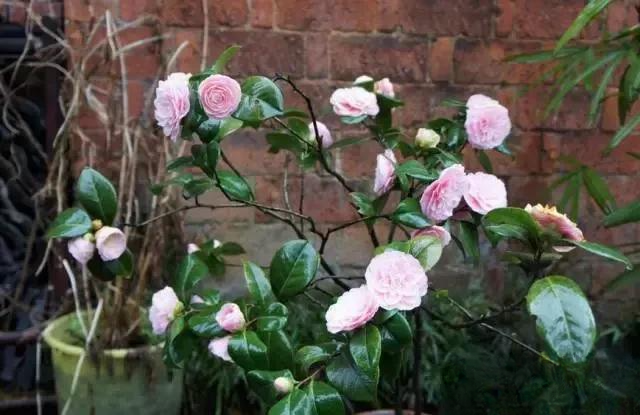
-Yushu-
Jade plant grows fast and has certain fertilizer requirements, but the requirements are not high. Fertilizer mainly composed of nitrogen fertilizer can be applied 2-3 times during the growth period. No fertilizer is required when the temperature is high in summer and low in winter. If the plant is large, only basal fertilizer can be applied without topdressing to control the height.
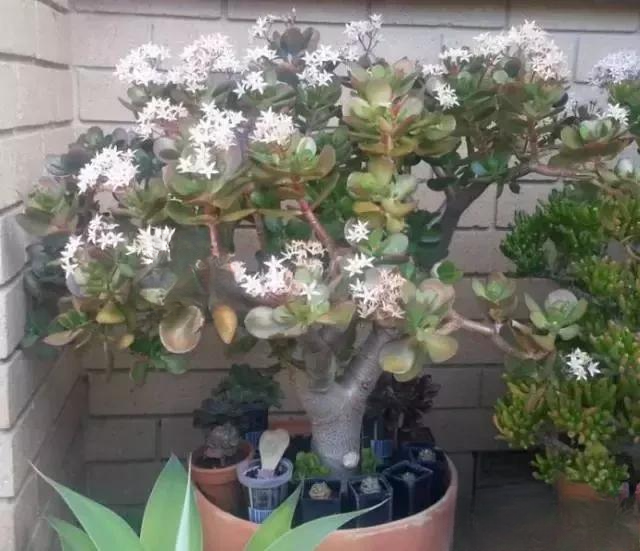
-Hydrangea-
Hydrangea likes fertilizer. During the growth period, it is generally applied with decomposed thin cake fertilizer water once every 15 days. To maintain the acidity of the soil, 1-3% ferrous sulfate can be added to the fertilizer solution. Regular irrigation with alum fertilizer water can make the plant luxuriant and green; applying potassium dihydrogen phosphate 1-2 times during the bud formation period can make the flowers large and colorful; applying cake fertilizer should be avoided during the dog days to avoid diseases and pests and damage to the root system.
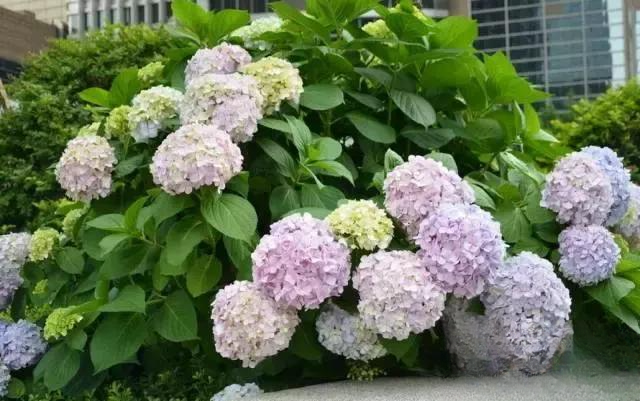
-White Palm-
The plant prefers fertilizer. When fertilizer is lacking, new leaves grow slowly. Fertilizer can be applied once every half month during the growing season, and fertilization should be stopped in autumn and winter. Be careful not to splash fertilizer onto the leaves, otherwise it is easy to burn the leaves. Rinse with clean water in time.
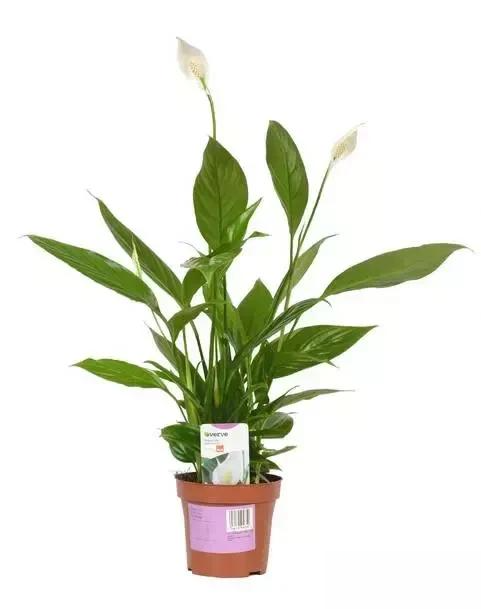
-Good luck-
During the growing season, liquid fertilizer can be applied every 10 to 20 days. When applying fertilizer, be sure not to apply the fertilizer to the leaf tube in the center of the plant to avoid causing harm. Fertilization should be stopped during the flowering period, dormancy period and summer.
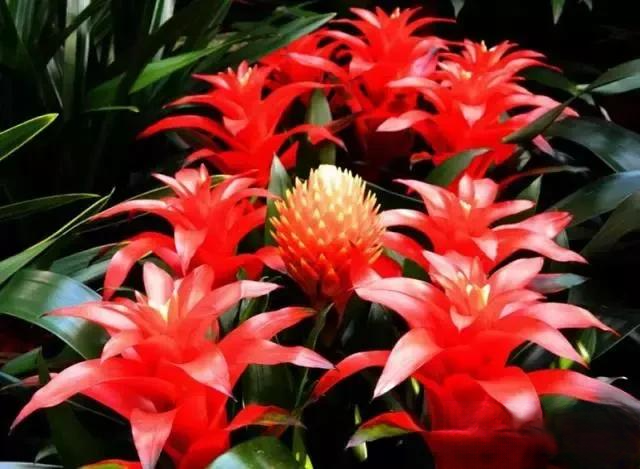
-Pea Bean Green-
Fertilization can be done once a month in the form of thin liquid fertilizer or foliar fertilizer. Do not use raw fertilizer or concentrated fertilizer, and stop fertilizing in winter.
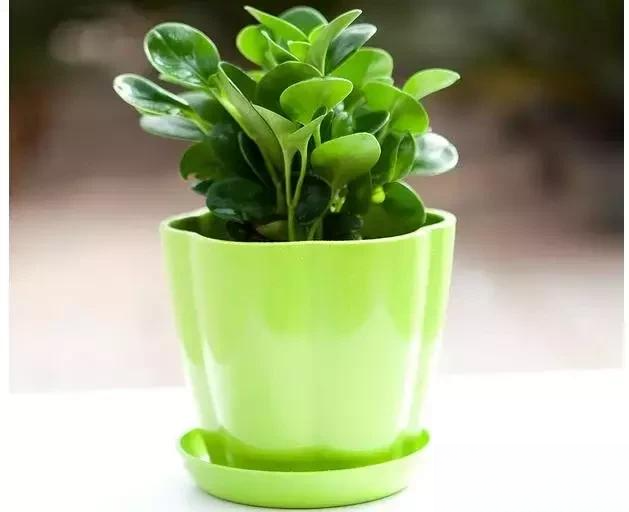
-Milan-
Milan flowers a lot, so nutrients should be supplemented in time. Insufficient fertilizer is an important reason why Milan flowers do not bloom or shed leaves and buds. During the growth and flowering stages of Milan flowers, liquid fertilizer can be applied every 10 days to promote the growth of its branches and leaves. Every 15 days or so, a concentrated fertilizer mainly composed of phosphorus fertilizer should be applied.
It is important to note that phosphorus fertilizer must be used as the main fertilizer during the flowering period, otherwise only leaves will grow without flowers. During the flowering period from June to October, if fertilizer is insufficient, not only will the number of flowers decrease and the flowers will not be fragrant, but the buds that have appeared will also wither and fail to bloom.
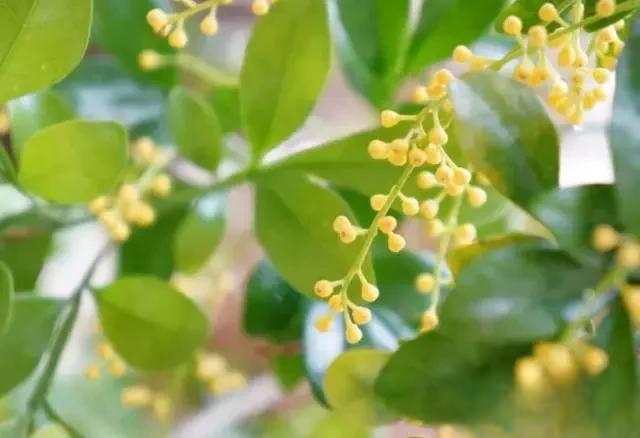
-Jasmine-
Jasmine likes fertilizer, especially when the flowering period is long, it needs more fertilizer. It also likes an acidic environment. It can be watered with 1:10 alum fertilizer water once a week, or you can use our method of quickly making acidic water.
Fertilizer should be applied once every 7 to 10 days during the growing season. Liquid fertilizer containing high phosphorus content should be applied frequently during the flowering period from June to September, preferably once every 2 to 3 days. Stop fertilizing after October.
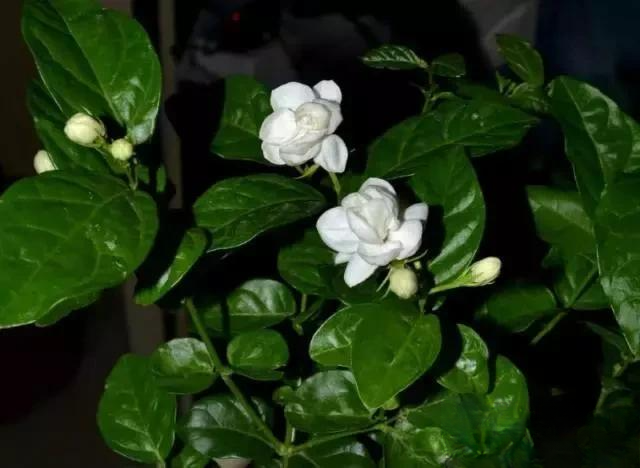
-Dragon Blood Tree-
Dracaena should be fertilized in thin layers, with less nitrogen fertilizer and more phosphorus and potassium fertilizers. Avoid excessive nitrogen fertilizer application, which will make the golden markings on the leaves unclear. Stop fertilizing during the winter dormancy period.
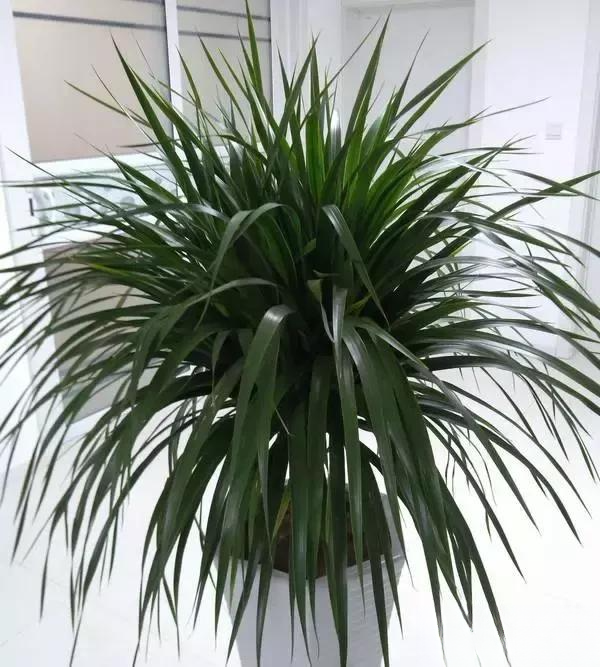
-Areca palm-
Generally, apply decomposed liquid fertilizer or compound fertilizer once every 1-2 weeks to promote vigorous growth of the plants and make the leaves dark green. Apply appropriate nitrogen-containing organic fertilizer in summer. In winter, apply organic flower fertilizers such as sesame paste residue while keeping the potting soil dry and wet.
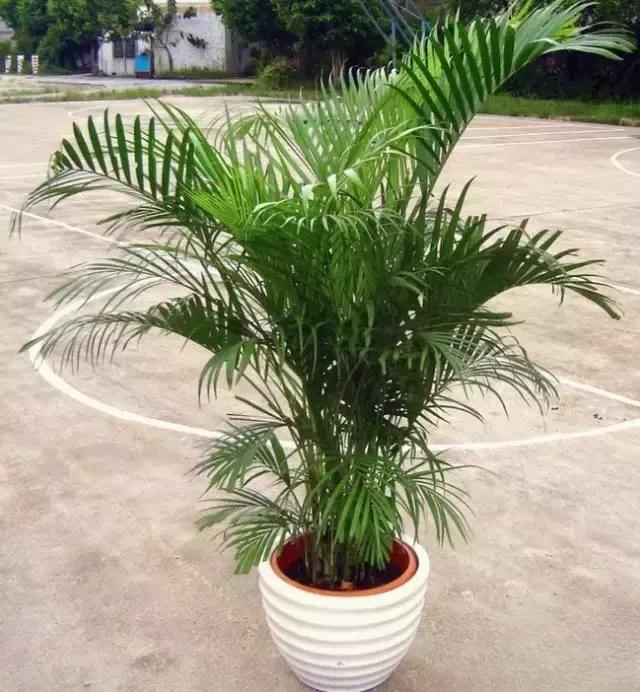
-Peace tree-
The leaves of the peace lily are large and it grows vigorously, so it needs a lot of fertilizer. During the growing season, you can apply a thin cake fertilizer or alum fertilizer once a month. After autumn, you should apply phosphorus and potassium fertilizers twice in a row, such as 0.3% potassium dihydrogen phosphate solution, to increase the cold resistance of the plant and promote early lignification of the tender shoots so that it can survive the winter safely. Stop fertilizing in winter to prevent fertilizer damage to the roots, causing the leaves to turn yellow or burn and fall off.
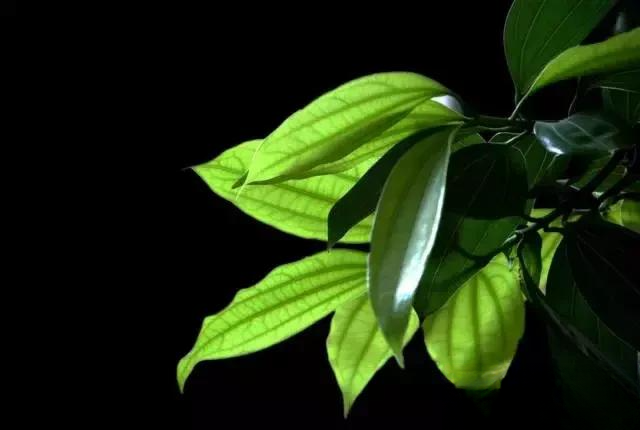
- Narcissus -
Daffodils grown in water generally do not require fertilization. If conditions permit, apply some quick-acting phosphorus fertilizer during the flowering period to make the flowers bloom better.
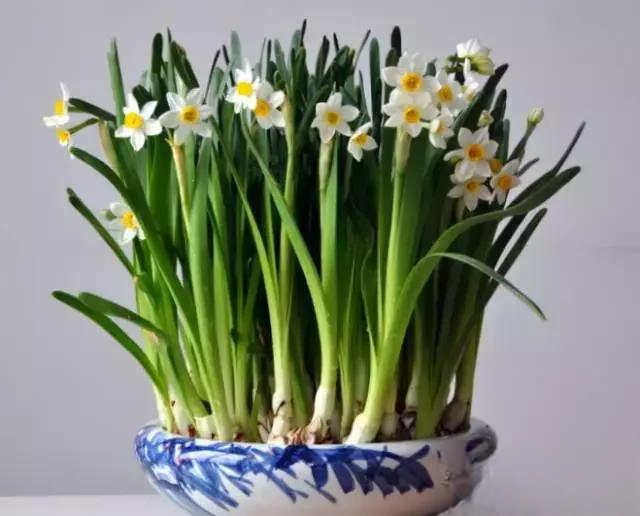
-hyacinth-
Before planting hyacinths in soil, apply enough basal fertilizer, apply phosphorus fertilizer after the leaves emerge from the soil, cut off the flower stems after the flowers wither, and then apply fertilizer again. Hyacinths grown in water can bloom beautiful flowers without fertilizer.
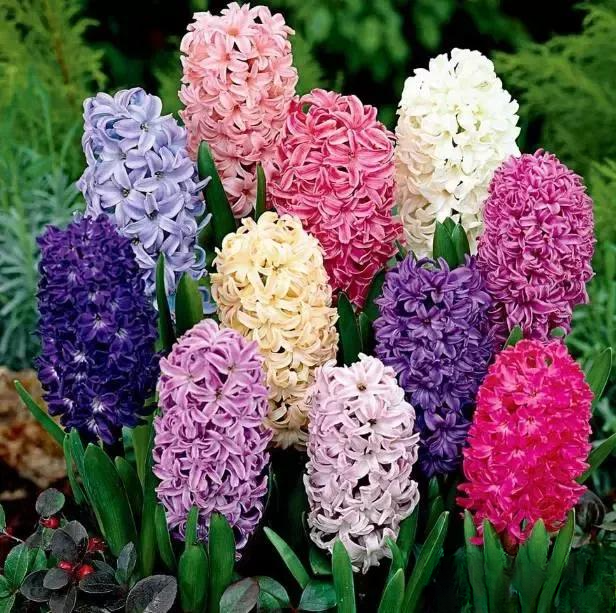
-Bougainvillea-
The growth period of Bougainvillea is from April to July. Liquid fertilizer can be applied once every half a month to promote the growth of the plant. Starting from August, fertilizer mainly composed of phosphorus fertilizer can be applied every 10 days to promote the formation of flower buds. After the flowering period, topdressing should be applied once so that nutrients can be continuously supplemented during the flowering period.
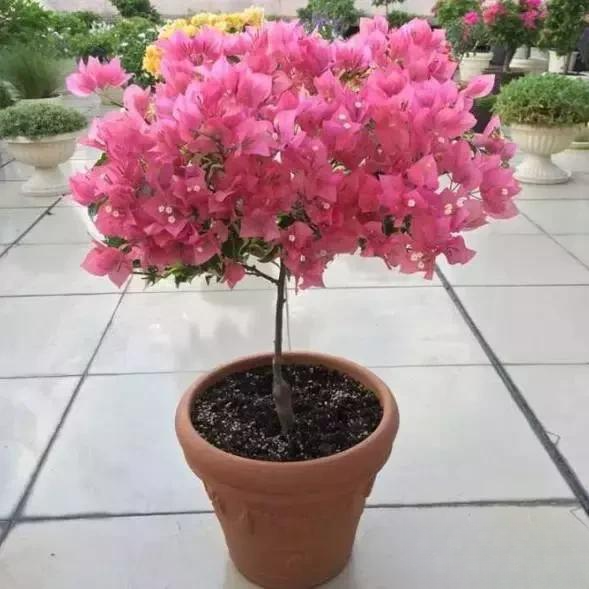
-Money tree-
Money tree likes fertilizer. Liquid fertilizer can be applied twice a month during the growing season. Stop applying nitrogen fertilizer in autumn. Apply phosphorus and potassium fertilizer 2-3 times, and stop fertilizing in winter.
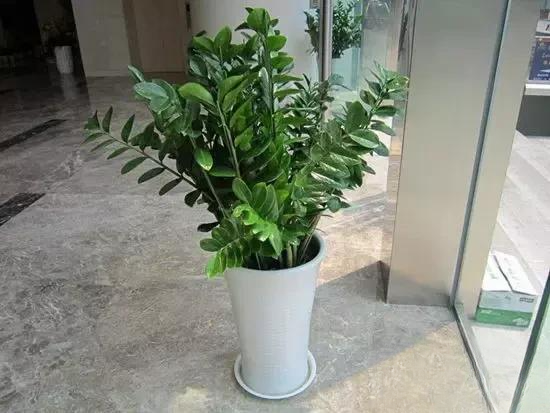
-lily-
Lily has a high demand for nitrogen and potassium fertilizers. During the growth period, it should be applied every 10 to 15 days. The supply of phosphorus fertilizer should be limited, because too much phosphorus fertilizer will cause the leaves to wither and turn yellow. During the flowering period, phosphorus fertilizer can be applied 1 to 2 days more. In order to make the bulb full, the remaining flowers should be cut off in time after flowering to reduce nutrient consumption.
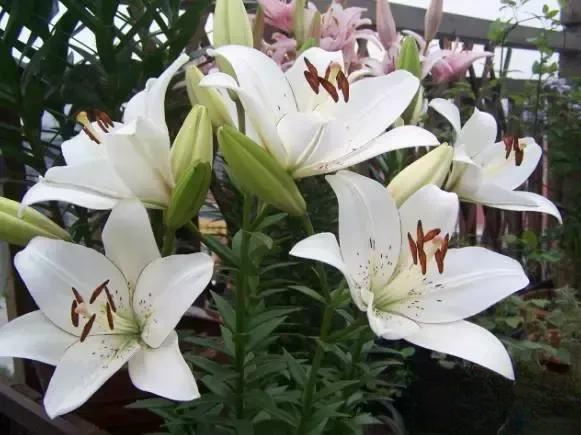
-Hippeastrum-
Amaryllis likes fertilizer. Base fertilizer should be applied when repotting, changing soil, and planting. After potting, apply phosphorus and potassium fertilizers once a month. The principle of fertilization is to apply thin fertilizers frequently to promote flower bud differentiation and flowering. Stop fertilizing during the flowering period, and continue fertilizing after flowering, mainly with phosphorus and potassium fertilizers, reduce nitrogen fertilizers, and stop fertilizing in late autumn.
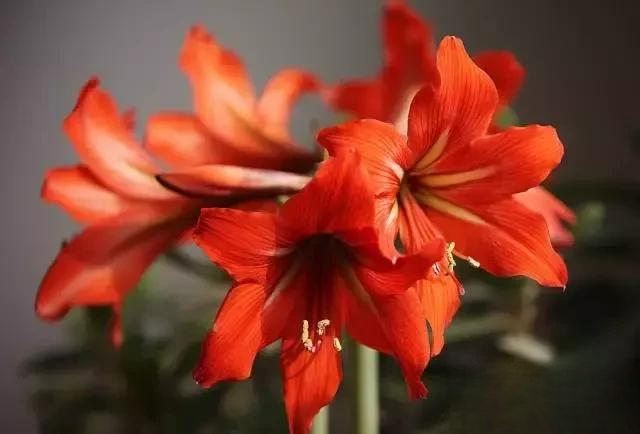
- Calla Lily -
Calla lilies like moist and fertile soil, which is often referred to as "lots of fertilizer and lots of water", so calla lilies can be properly watered and fertilized more often. Fertilization can be done once every two weeks, but be careful not to touch the flowers and leaves when fertilizing. The amount of fertilizer should be increased after the buds appear, so as to ensure that the flowering period is long, the flowers are large and bright, and the buds are continuous and blooming all year round.
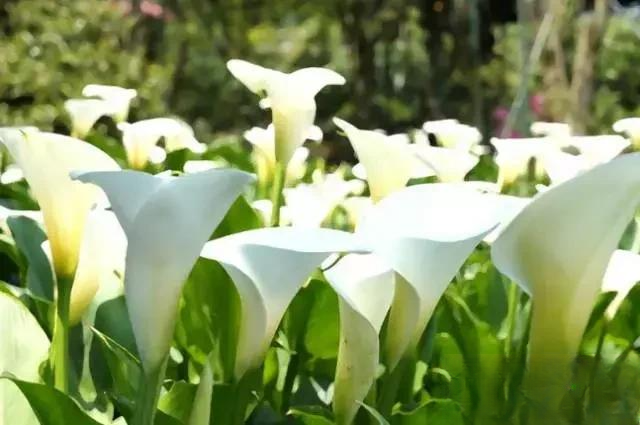
-Cactus-
Organic fertilizer is the main fertilizer for fertilization. You can mix it into the soil or water and then water the flowers. You can also use slow-release fertilizer, preferably mainly phosphorus and potassium fertilizer, supplemented by nitrogen fertilizer. Just dig a hole in the pot and bury it. It can make cactus plants stronger! You can apply fertilizer 4-5 times in spring, 2-3 times in autumn, and no fertilizer in summer and winter.
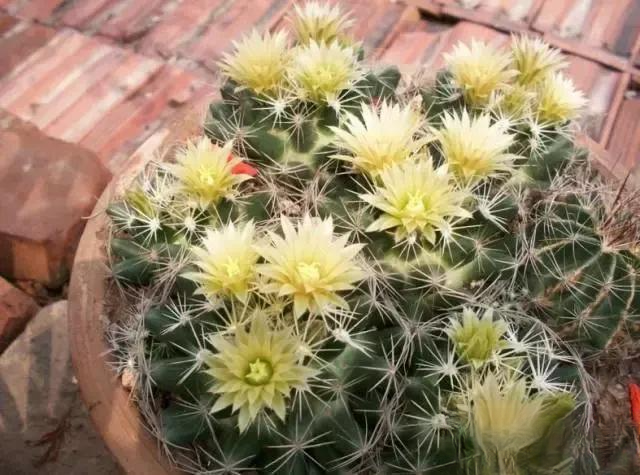
-peony-
Peony is a fertilizer-loving plant, so pay attention to timely topdressing. However, it is forbidden to fertilize newly potted peonies. The base fertilizer added when preparing the potting soil can meet its growth needs. Generally, topdressing begins half a year after potting. It is advisable to fertilize 2 to 3 times a year. It is mainly in the spring bud stage, the flowering and blooming stage, and the autumn. It is OK to apply traditional organic fertilizers, and pay attention to combining watering and fertilization.
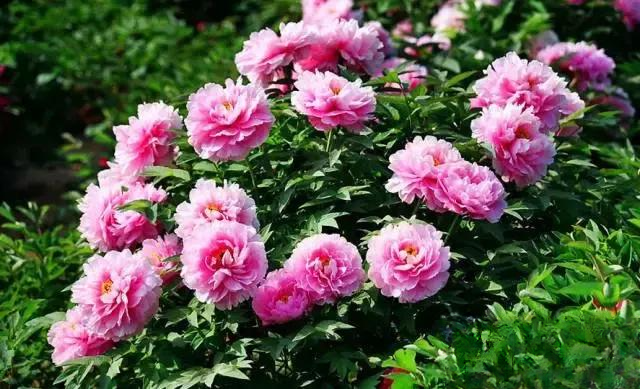
-Monstera-
From June to October, apply nitrogen-based topdressing once every 10 days or so. Both organic and inorganic fertilizers are acceptable. Well-decomposed fertilizers, bean cake fertilizers, and inorganic fertilizers can be used. The principle of "preferring light to heavy" should be followed and the application should be stopped until mid-October.
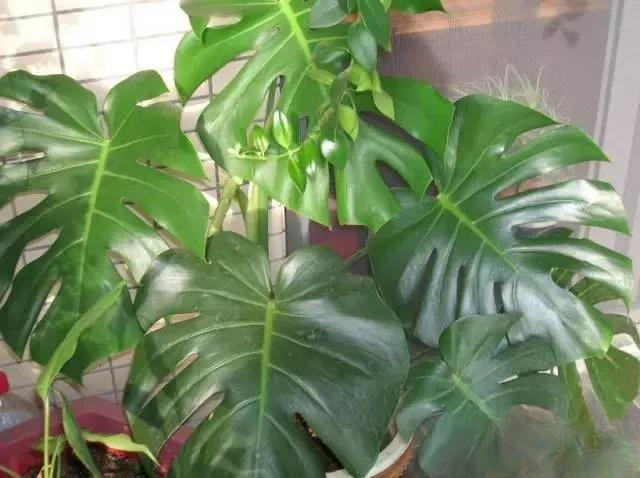
-Miniature Coconut-
Miniature coconut palms do not require much fertilizer. Generally, liquid fertilizer is applied 1 to 2 times a month during the growing season, and little or no fertilizer is applied in late autumn and winter. Repotting is done every 2 to 3 years in spring.
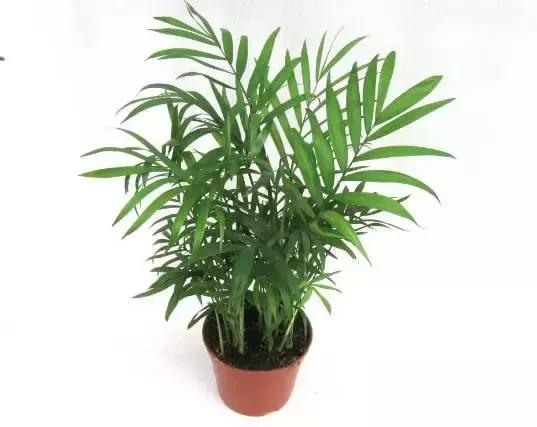
-Brazilian wood-
Brazil wood can use cake fertilizer or decomposed cow dung, chicken manure, etc. as base fertilizer. Fertilize once every 10-15 days during the growth period. For example, 0.1% urea plus 0.2% potassium dihydrogen phosphate solution can be used for foliar fertilization. From early September, stop applying nitrogen fertilizer, and add 2-3 times of phosphorus and potassium fertilizer every 30 days or so, which can make the plant tissue fully mature and improve its cold resistance over the winter.
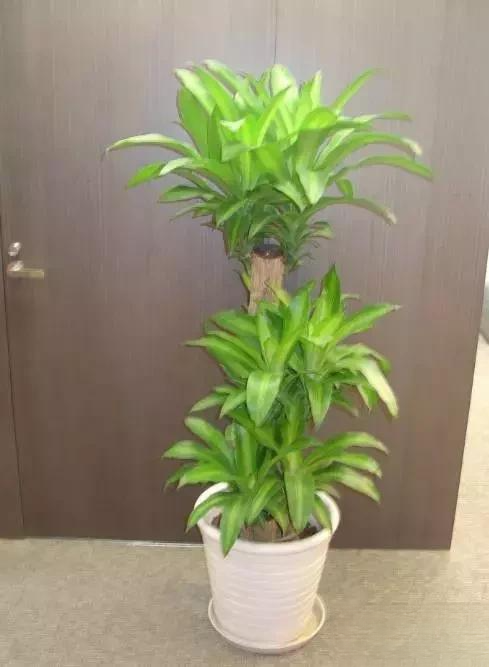
- Schefflera-
Sufficient nutrients are needed during the growing season, so from April to September, granular fertilizer should be applied once a month or diluted fertilizer water should be irrigated frequently to ensure that the fertilizer supply in the pot soil is sufficient. Do not apply a certain element, otherwise it is easy to have deficiency symptoms, resulting in poor growth of the whole plant. For variegated leaf species, less nitrogen fertilizer should be applied. Too much nitrogen fertilizer will cause the spots to fade and turn green.
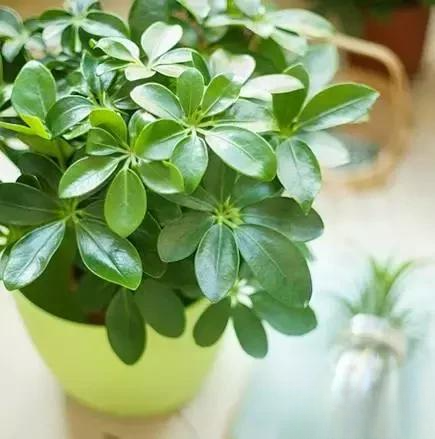
-Hibiscus-
When hibiscus buds and sprouts, topdressing should be applied in time. Topdressing should be mainly quick-acting fertilizers, which can promote nutritional growth. Add 1-2 times of phosphorus and potassium fertilizers before flowering to promote bud formation and flowering of hibiscus. May to October every year is the flowering period of hibiscus. During this period, topdressing should be applied twice in combination with weeding and soil cultivation to ensure the flowering yield of hibiscus and the growth of the tree.
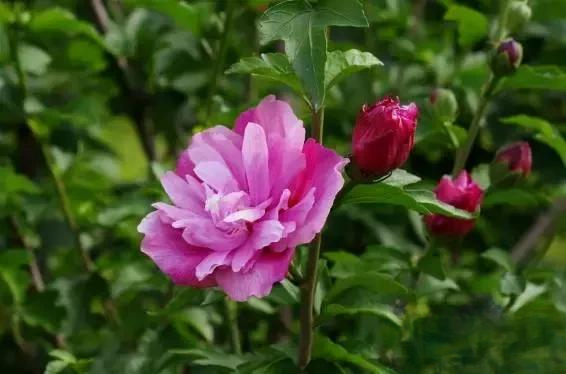
-Dianthus-
Dianthus likes fertilizer. Before planting, apply sufficient amount of dried fertilizer and bone meal. During the growth period, apply liquid fertilizer continuously. Generally, apply decomposed thin fertilizer water once every 10 days or so, and apply top dressing once after the flowers are harvested.
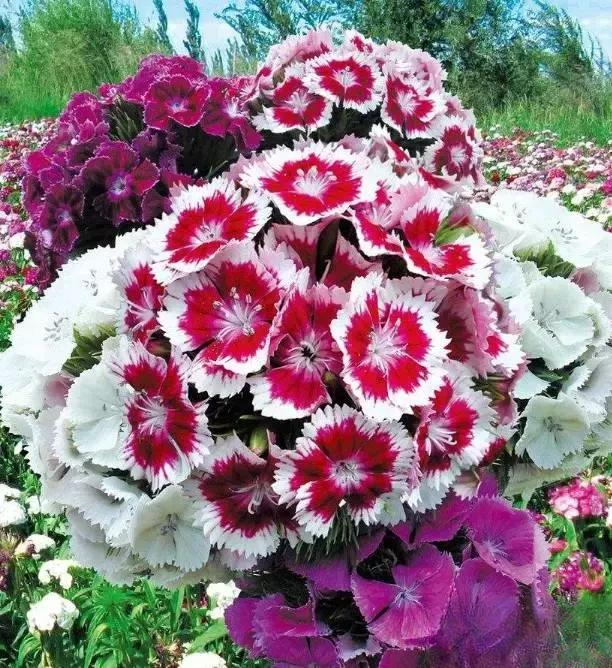
-Fuchsia-
Fuchsia grows rapidly in spring and autumn. During the flowering period, it should be watered 1-2 times a day. It is better to keep it wet than dry. Combined with loosening the soil, apply thin cake fertilizer water every 7-10 days. In summer, from July to August, when the temperature is high, Fuchsia generally enters a semi-dormant state. Fertilization should be reduced, and a little water should be applied when the pot soil is dry. From September to December, irrigate it with decomposed cake fertilizer water every 10-15 days to make it bloom continuously.
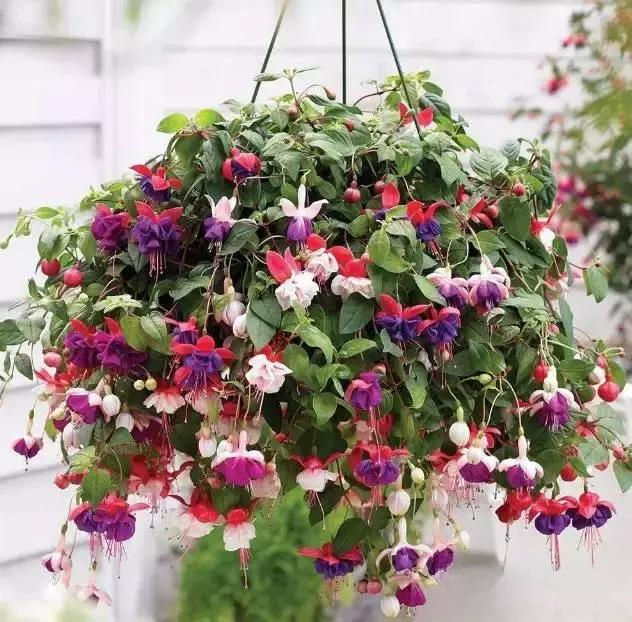
-Geranium-
During the growth period of geranium stems and leaves, fertilize once every half month, but do not apply too much nitrogen fertilizer. If the stems and leaves grow too vigorously, stop fertilizing and remove some leaves appropriately to facilitate flowering. During the flower bud formation period, add phosphorus fertilizer once every 2 weeks.
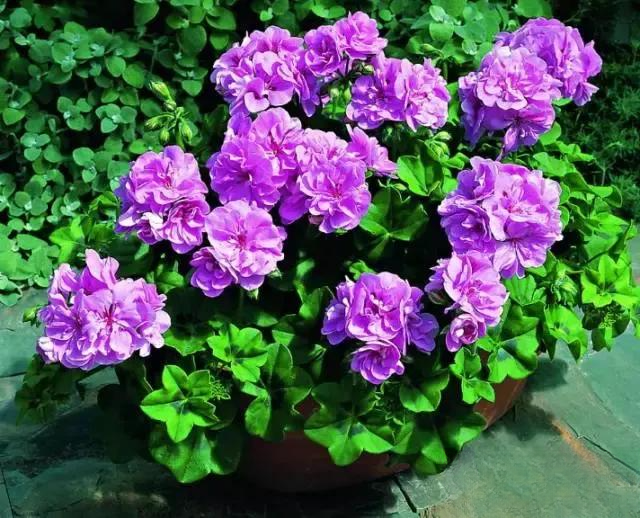
-Dahlia-
Dahlia is a fertilizer-loving plant, so it must be adequately supplied with fertilizer, otherwise the flowers will become smaller, duller in color, and less ornamental. Depending on the growth situation, apply cake fertilizer 4 to 5 times, preferably thin fertilizer. Do not apply fertilizer when the temperature exceeds 30℃ in summer.
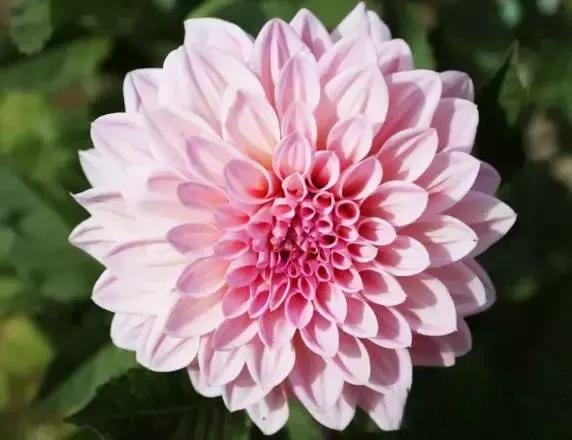
-tulip-
Tulips like fertilizers, so you need to apply enough basal fertilizer before planting. Generally, dry chicken manure or well-rotted compost is used as basal fertilizer and watered sufficiently. Carefully plow and harrow 2-3 days before planting to ensure that the soil is loose. After the bulbs have two leaves, you can apply liquid fertilizer 1-2 times. During the growing season, apply compound fertilizer with balanced nitrogen, phosphorus and potassium 3-4 times a month. Stop fertilizing during the flowering period. Apply potassium dihydrogen phosphate or liquid compound fertilizer 1-2 times after flowering.
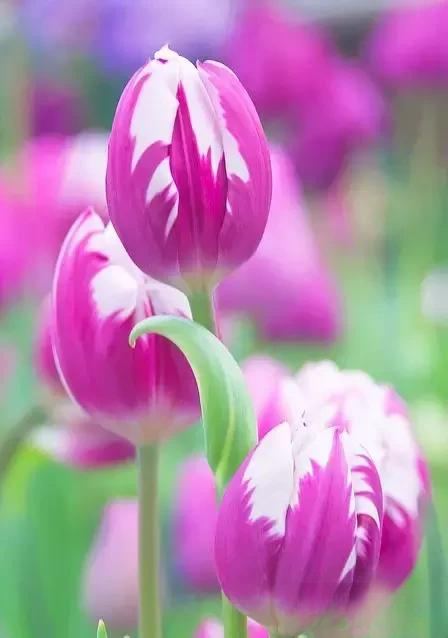
-Strelitzia-
During the growth period of Strelitzia reginae, it is required to apply thin fertilizer water once every half month. It is best to irrigate with fermented rice water or soybean soaking liquid. From the formation of flower stems to the blooming period, 0.5% superphosphate can be added to the fertilizer liquid, which will make the flower color more colorful.
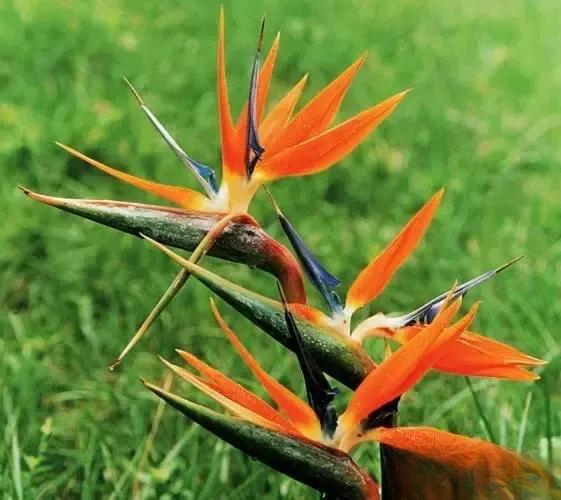
-Anthurium-
When planting Anthurium, add a small amount of organic fertilizer as base fertilizer to meet the growth needs. Because it grows fast and requires a large amount of fertilizer, liquid fertilizer should be applied every 1-2 weeks during the growing season. Fertilizing Anthurium roots is better than foliar fertilization.
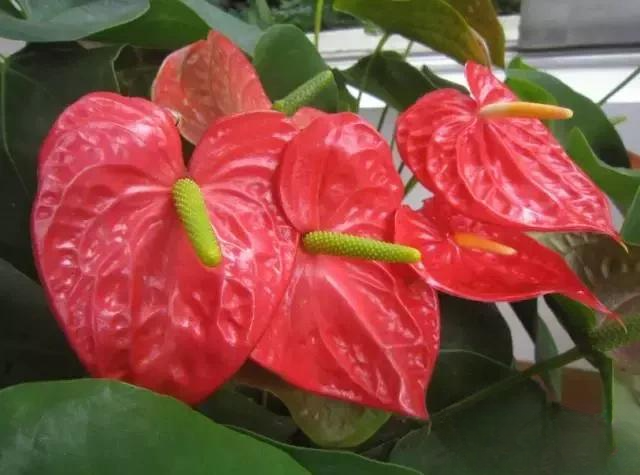
- Petunia -
Petunia likes fertilizer, and using fertilizer or not makes a huge difference. After 4 true leaves appear until the stage of transplanting, fertilize once a week with 2000 times of Biwang. From the stage of transplanting to the stage of established planting, fertilize once a week with 1500 times of Biwang. When transplanting, you can add a little slow-release fertilizer. From established planting to the stage of full plant, fertilize twice a week with 1000 to 1500 times of Biwang. From the stage of flower buds to the stage of blooming, fertilize twice a week with a mixture of 1000 times of Biwang and Bihuaxing. Sometimes petunias will lack iron, so you can add some ferrous sulfate.
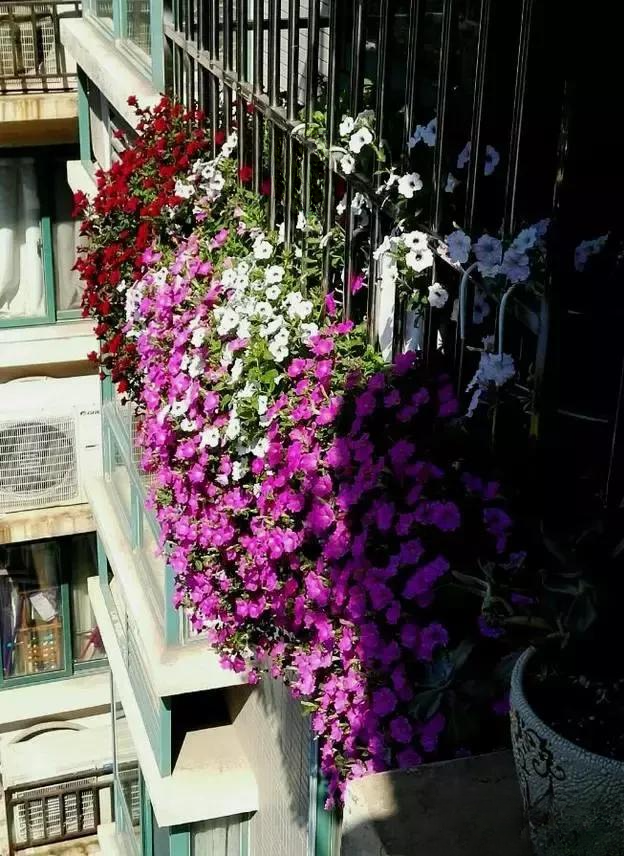
-Goldfish Chlorophytum-
During the growth period, it is necessary to apply thin organic fertilizer every 1-2 weeks to make it grow vigorously. Phosphorus fertilizer should be added before flowering to make it bud and bloom more, enhancing the ornamental effect. Do not fertilize the goldfish spider plant when it is in bloom. After the flowers fade, it should be pruned and shaped, and more nitrogen-containing fertilizers should be applied.
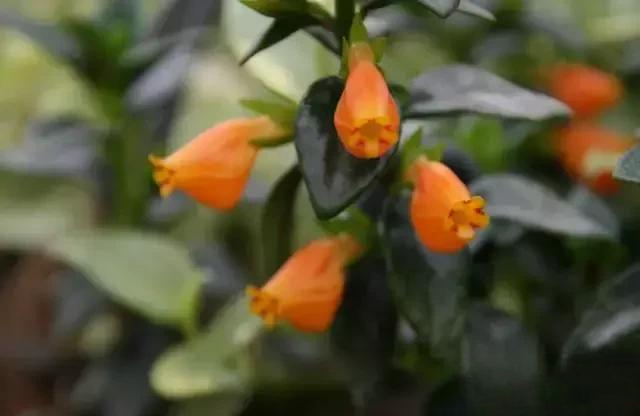
Whether the flowers bloom well and the leaves grow vigorously
Fertilization is very important
Show it to flower lovers in need!